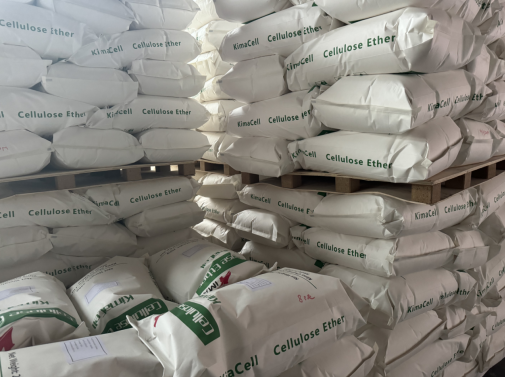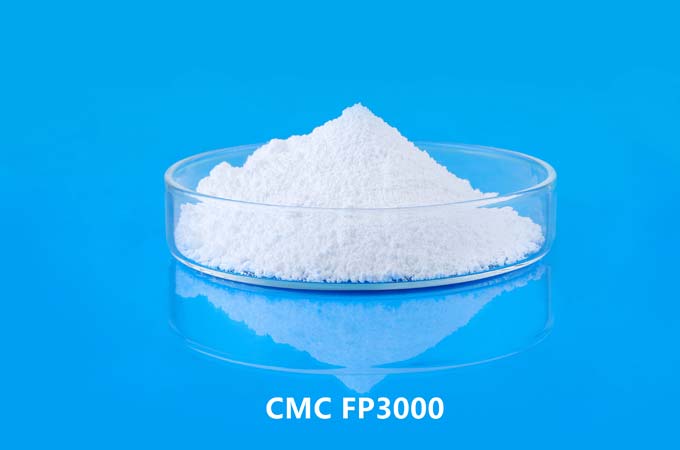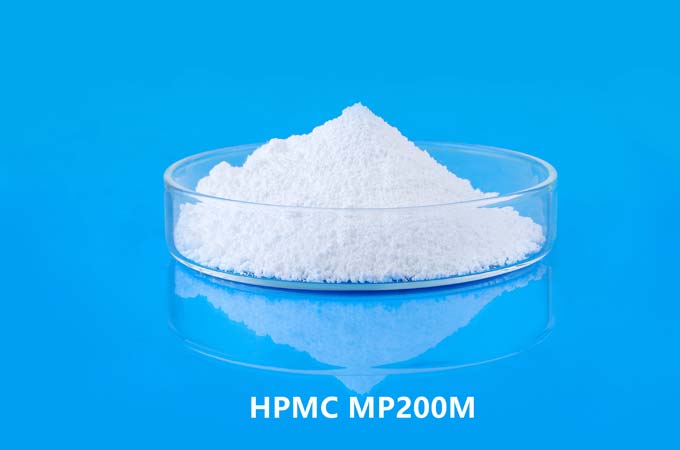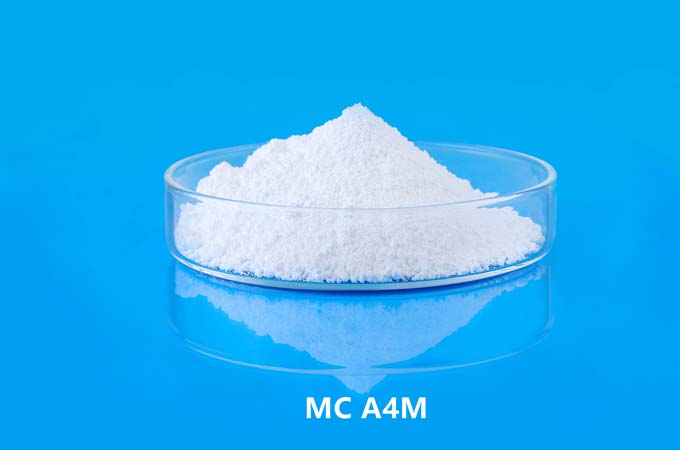HPMC (Hydroxypropyl Methylcellulose) and HEMC (Hydroxyethyl Methylcellulose) are both water-soluble polymer materials obtained by chemical modification of natural plant cellulose (usually wood or cotton). They are widely used in many fields such as chemical industry, construction, pharmaceuticals, and food. Although their structures are similar and both belong to the cellulose ether class, there are some key differences between the two in chemical structure, properties, and applications.

1. Differences in chemical structure
The main difference between HPMC and HEMC lies in their substituents. There are two main substituents in cellulose molecules: methyl (-CH₃) and hydroxyl (-OH), which affect their solubility, viscosity, transparency and other properties.
HPMC: HPMC introduces two substituents, methyl and hydroxypropyl (-CH₂CH₂OH), into the cellulose molecule. The methyl group enhances its solubility in water, while the hydroxypropyl group increases the stability of cellulose and the viscosity of the aqueous solution.
HEMC: HEMC is a cellulose molecule in which two substituents, methyl and hydroxyethyl (-CH₂CH₂OH), are introduced. Compared with HPMC, the hydroxyethyl group in HEMC makes it more soluble and fluid in water than HPMC.
The hydroxypropyl group (-CH₂CH₂OH) in HPMC is generally more water soluble and has better thermal stability than the hydroxyethyl group (-CH₂CH₂OH) in HEMC.
2. Solubility and rheology
Due to the difference between the hydroxyethyl and hydroxypropyl groups, HPMC and HEMC have significant differences in solubility and rheology.
HPMC: HPMC is soluble in cold water, generally exhibits higher viscosity, and has better solubility, especially at lower pH values. Its high molecular weight structure allows it to form a very stable colloidal solution in water. Due to its strong water solubility and thickening properties, HPMC is often used in cement mortar, coatings, and adhesives in the construction industry.
HEMC: In comparison, HEMC has better solubility than HPMC, especially at low temperatures, it is more soluble in water, and its solution generally exhibits lower viscosity. In addition, HEMC has better fluidity and lower gelation characteristics to a certain extent, which makes it more flexible in some applications.
3. Thermal stability
The thermal stability of HPMC and HEMC is also different. HPMC generally has better thermal stability because the presence of hydroxypropyl can effectively improve its thermal stability, especially at high temperatures. It can still maintain good performance.
HEMC is slightly inferior in thermal stability. Due to the hydroxyethyl group in its molecular structure, HEMC is more susceptible to temperature changes, especially at higher temperatures, and its performance may be damaged to a certain extent, especially in high-temperature solutions.

4. Application areas
Although HPMC and HEMC have overlaps in many applications, their specific applications in some areas are different.
HPMC:
Construction industry: HPMC is widely used in building materials such as cement mortar, wall coatings, and brick adhesives. As a thickener, water retainer and additive to improve construction performance, it can improve the operability, water retention and anti-cracking of cement and mortar.
Pharmaceutical industry: HPMC is often used in the pharmaceutical industry as an excipient, controlled release agent for tablets and capsules, and an excipient for ophthalmic drugs.
Food industry: As a food additive, HPMC can be used in dairy products, beverages, ice cream, candy and other foods to thicken, stabilize and improve taste.
HEMC:
Construction industry: HEMC is also used in the construction industry, especially in some products that require fast construction or strong fluidity. As an additive for cement mortar and other building materials, it can improve the operability and water resistance of mortar.
Coatings and paints: HEMC is widely used in coatings and paints. It can provide the good fluidity and thickening effect required for coatings, especially in low-viscosity coatings.
Cosmetics industry: HEMC is widely used in products such as creams, shampoos, and shower gels as a thickener and moisturizer.

5. Cost-effectiveness and selection factors
When choosing between HPMC and HEMC, it is usually necessary to decide based on specific application requirements, price and performance requirements. Generally speaking, HEMC may be more economical in certain situations where fast curing and low viscosity are required due to its lower viscosity and better solubility. HPMC, on the other hand, is suitable for situations requiring higher stability and viscosity due to its stronger thickening effect, better thermal stability and higher cost.
Although HPMC and HEMC are similar in chemical structure, they have significant differences in solubility, rheology, thermal stability, etc. due to their different substituents. Therefore, when choosing, it is necessary to weigh them according to the specific requirements of the application. For example, HPMC is more suitable for applications requiring high viscosity and stronger thickening effect, while HEMC is suitable for situations requiring fast dissolution, low viscosity or good fluidity.
 English
English 日本語
日本語 français
français Deutsch
Deutsch Español
Español italiano
italiano русский
русский português
português العربية
العربية Türkçe
Türkçe Nederland
Nederland






